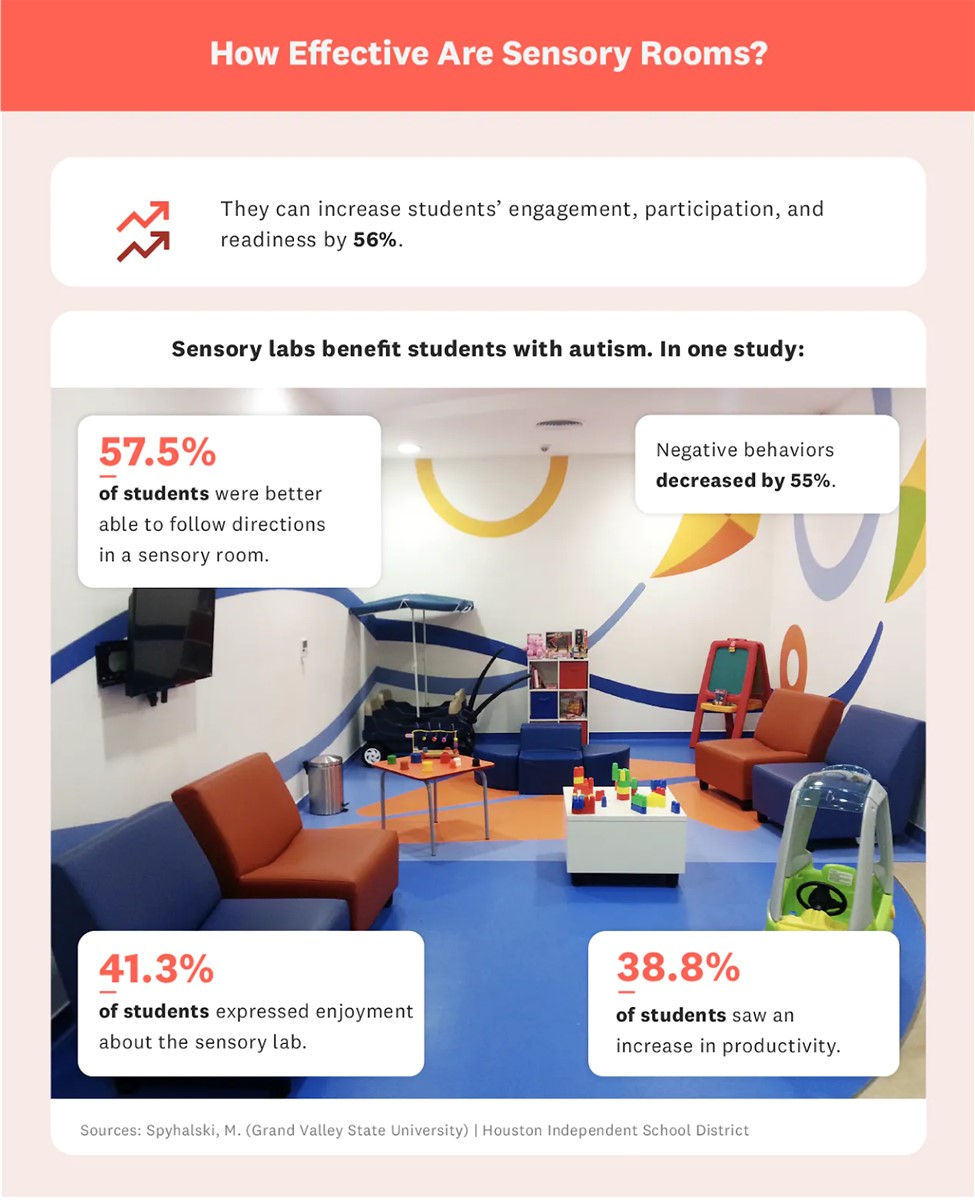6 Expert Ways to Help Your Sensory - Sensitive Child Dress
- Susan Donohoe

- Apr 3, 2017
- 4 min read
Updated: Jul 22
Many children on the Autism spectrum are hypersensitive to touch. This can include hypersensitivity to certain fabrics or surfaces.Sensory difficulties are individual to each child. Some may be mildly affected, while others have greater difficulty functioning in life.

Believe your child when he/she says the clothing is irritating. Use this opportunity to find a solution. Nowadays, specialty clothing can offer qualities that address this sensory discomfort.
As a mother of a child who lived with sensory processing disorder-and as a longtime sensory pediatric occupational therapist and advocate- I know first-hand how hard it can be for our children (and parents).
Every child deserves to be comfortable in the clothing he/she wears. Here are a few tips for making it easier for your child to get dressed when highly sensory-sensitive:
1. Warm-Up
Help your child get comfortable with new clothing by “practicing”wearing clothes indoors for a few minutes before stepping outside.
When trying on new clothes with a child that has sensory issues, try a simple rub down activity to help the body habituate to the new clothing sensations. Be sure to rub arms or legs quickly and firmly, put the new clothing on, and then keep rubbing. Always approach your child from the front to prevent being unprepared for touch. You can make it fun for your child by singing a song.
2. Sensory Clothing
Finding sensory-friendly clothing for your child is a great way to let your child know that you understand and accept his/her sensory sensitivities.
Sensory-friendly clothing should include specific considerations:
Ease-of-function
Tactile sensitivity
Relevant design
Safety
Shop for clothing with covered elastic bands and no heavy applique or embroidery. Find clothing with soft and breathable fabrics.
Many parents and therapists know about the benefits of weighted garments, compression garments, and soft fabrics. The trouble is, many of these items are too “therapeutic looking” and don't do much to help a child fit in with his/her peers. It's hard to use these garments and blend in.
However, now it's easier than ever to find sensory clothing that feels great and looks great too. You can find clothing to match your child's personality and playfulness all while maintaining the level of respect and comfort your child deserves. Plus, weighted and compression clothing give your child the chance to take therapeutic qualities on the go.
"Many families find that boy's briefs with covered waistbands are the most comfortable. You can find online sensory specialty stores that offer clothing to minimize irritation."
3. Special Underclothing
Searching for an easy way to increase your child's overall comfort without breaking the bank? Wearing a tagless or compression undershirt can make wearing a regular T-shirt a bearable experience for your child. For girls, a quick fix is substituting cotton leggings for tights.
Invest in comfortable socks and underwear. It can be hard for a child to get through a day with underwear that digs in the skin around the hips or socks that bunch up inside shoes. Many families find that boys' briefs with covered waistbands are the most comfortable. You can find online sensory specialty stores that offer clothing to minimize irritation.
4. Empowered Choices
It can be a great idea to let your child indulge in his/her own clothing choices. Some children like to dress up in themed clothing, such as a Disney or a superhero theme. Allow your child to try on different clothing that appeals to him/her. When it's fun and exciting for a child to try on new clothes, it can help increase sensory tolerance.
5. Backup Options
Some children refuse to wear appropriate attire for the season. They may wear sweatshirts in the summer and T-shirts in the cold of winter. A good strategy is to let your child help pick the clothing he/she wants to wear but take along backup options such as a hat, mittens, or a T-shirt when you're out with your child. That way, he/she can still initially choose the clothing, but you will have an alternative ready when the reality of the outside temperature hits.
When your child is shivering in the cold, pull out the hat or mittens. If he/she is overheated, pull out the T-shirt. Now your child will be quick to wear the appropriate attire. It works like a charm!
6. Explain

If you don't wear rain boots in the rain, your feet may get wet. It’s important to explain beforehand and especially before a meltdown occurs the consequences of wearing inappropriate clothing. If you're at the beach in the summer, you may see a sign at a nearby shop that states “No Shoes,No Service.” Explain to your child that he/she may not be able to get that special treat because the sign says you have to wear shoes in the store.
Susan Donohoe, OTRIL is a Pediatric Occupational Therapist with certification in Sensory Integration and SIPT Testing and an advocate for children with special needs. Susan graduated from the University of Pennsylvania and has been practicing O.T.for 33 years. Through many years of active practice and working closely with educators, therapists, manufacturers, nursing, and experts in design she founded Kozie Clothes as away to incorporate Neuroscience Principles into relevantly-designed apparel for children with special needs.
Products You May Like:



